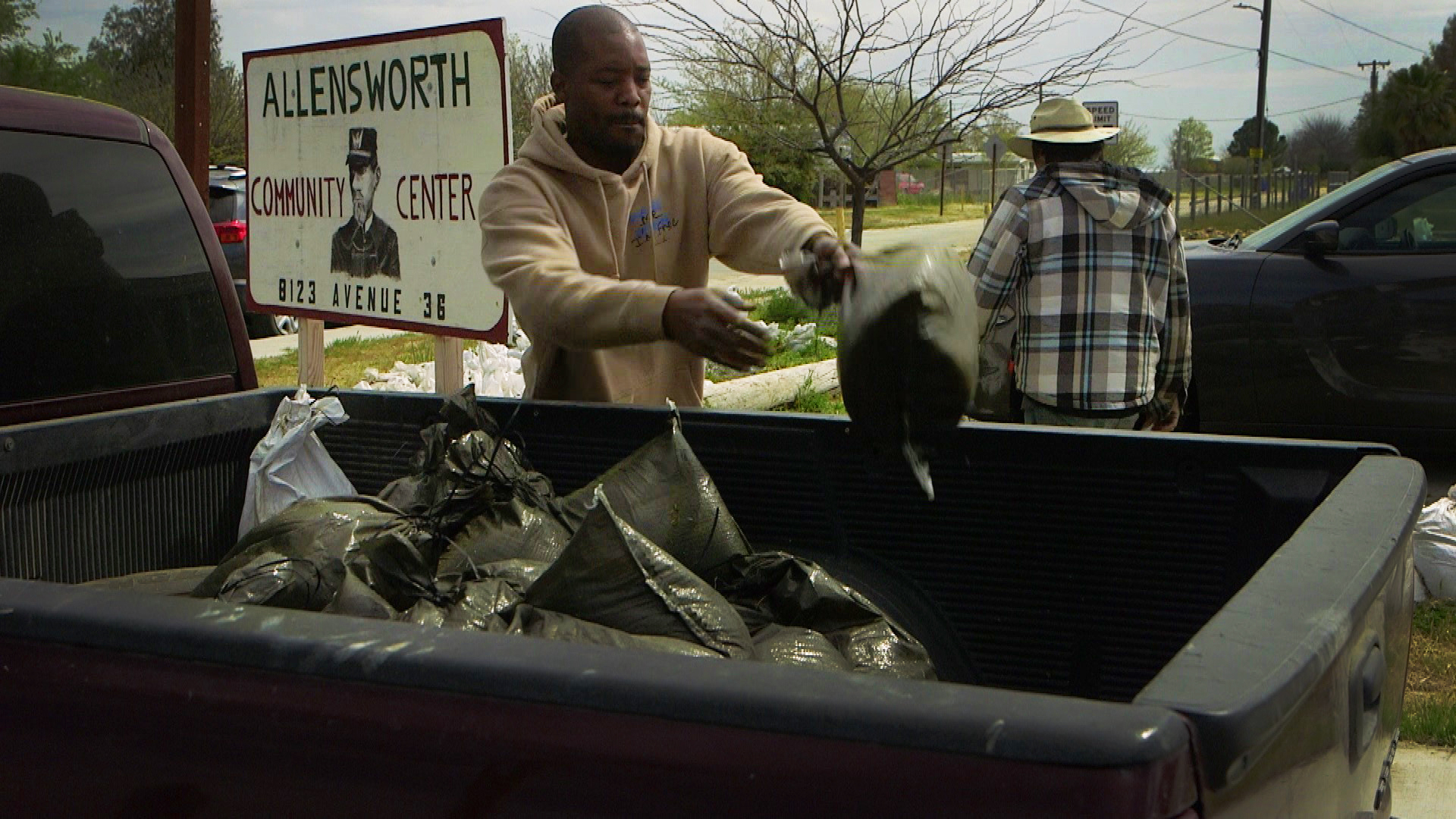The phantom lake reappearing in the agricultural lands of California's Central Valley has already re-claimed the traditional lakebed where it once flowed, displaced crops, flooded homes and dairies. But experts who recall the massive 1983 flood, when Tulare Lake spread across two-hundred miles, predict the worst is still yet to come.
"No, this is the start," cautioned Mark Grewal, an agricultural consultant who once occupied the top executive ranks of the Boswell Company, the agricultural behemoth that sowed thousands of acres of cotton across the valley. "It’s going to rise, it’s going to get higher. It’s going to get deeper."
After a winter of prodigious rain and snow, California's water managers estimate the Sierra snowpack is sitting at around 300 percent of normal. As Spring temperatures begin to climb, the snow melt will begin to come down and flood to the tenuously full rivers and creeks feeding the lake and other parts of the valley.
Get a weekly recap of the latest San Francisco Bay Area housing news. Sign up for NBC Bay Area’s Housing Deconstructed newsletter.
"So it will be a matter of time and this is all going to be under," Grewal said, gesturing to a wheat field sitting at the lake's edge near Corcoran where a road disappeared beneath the silty water.
In the 1800s, Tulare Lake was a natural body of water so massive that it was the largest lake West of the Mississippi. Around 1860, it held seven million acre feet of water. But as the state began to employ dams and water projects to harness the snow melt, Tulare Lake dried up and disappeared into farmland.
And yet the lake occasionally reappears in exceptionally wet years like 1969, 1983 and 1997. This year, the lake is expected to again inundate some 200 miles of farmland. It poses a deep economic hit to the valley economy as the lakebed is home to fifteen percent of the state's processed tomatoes, and half of the pima cotton crop.
Tulare County's ubiquitous dairies have also taken a hit, with some forced to evacuate cows to higher ground. Grewal forecasted the issues would lead to higher prices for butter, milk and other dairy products.
"The current estimates of the local community right here is two billion dollars," Grewal said of the financial impact. "It’s going to be more than that."
At the edge of the lake, Carlos Hernandez looked out at massive expanses of water already languishing on some of the state’s most prized farm lands. Hernandez is a guard at nearby Corcoran Prison, which is already re-locating some prisoners because of flooding concerns.
"It’s an ocean now, there is no end to it. You just look at it and it keeps going forever," Hernandez said. " We’ll see how it turns out in a couple months."

As the rushing waters of the Kings River made their way to the lake bed, work crews were working to raise the Corcoran levee by several feet while other levees were undergoing stabilization.
In the Tulare County farm community of Allensworth, community members were handing out sandbags to residents hoping to fortify their homes against potential flooding.
"That’s a huge lake in one sitting coming our way," said Tekoah Kadara as he looked toward the snowcapped Sierras, tossing sandbags into a neighbor's pickup truck.
How much and how fast the snow melt comes will depend on how fast temperatures heat up. A prolonged heat wave could overwhelm dams and the state's water networks, turning the Kings River into a roaring monster.
At the South end of the lake, telephone poles and roads disappeared into the deluge. A pump handle peaked above the water as abandoned farm equipment sat at the water's edge. In the distance a barn seemed to hover above its watery captor. Seabirds frolicked in the massive lake which seemed to melt into the horizon.
Grewal was blunt about the potential. He expected Tulare Lake would eventually sprawl across two-hundred miles — more than the '83 flood — and remain there for as many as two years. It was a reminder that no matter how much man meddled with nature's water, she was still calling the shots.
"You don’t mess around with mother nature," he said, heading back toward his truck.




